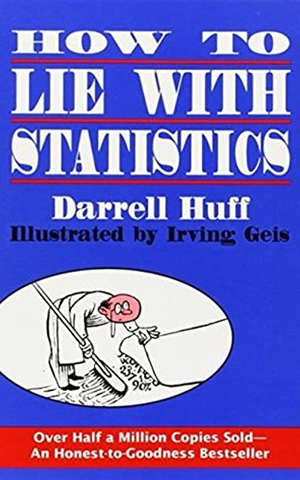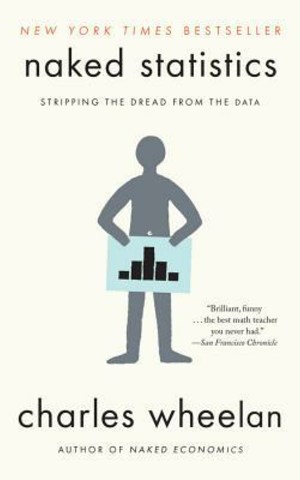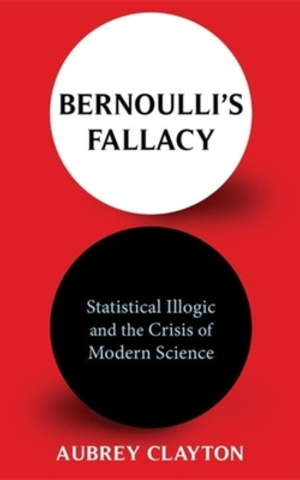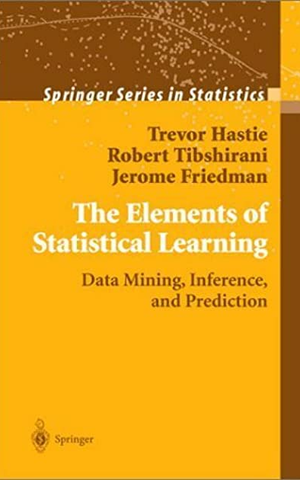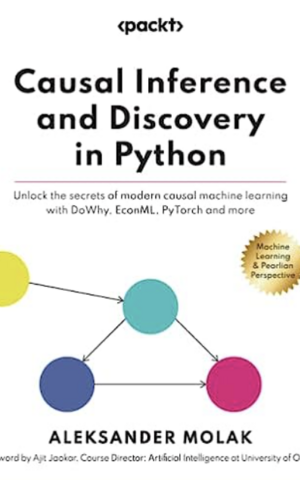
Statistics
Most recommended content
See AllFeatured creators
See AllEssayist, mathematical statistician, former option trader, risk analyst, and aphorist. Work concerns problems of randomness, probability, and uncertainty.
Writer known for his best-selling book "How to Lie with Statistics" which became the most popular statistics book in the second half of the twentieth century.
Recipient of bachelor of science degrees in mathematics and in physics from MIT. Obtained a master of science in 1987 and a doctor of philosophy in 1990, both in statistics from Harvard University.
Writer and journalist. Former Midwest correspondent for The Economist. Contributor to various publications including the Chicago Tribune, The New York Times, The Wall Street Journal, and Yahoo! Finance.
Israeli-American computer scientist and philosopher. Known for championing the probabilistic approach to artificial intelligence and the development of Bayesian networks. Awarded the Turing Award in 2011 for fundamental contributions to artificial intelligence. Author of several books, including "Causality: Models, Reasoning and Inference" and "The Book of Why."
@aubreyclayton@mastodon.social
author of Bernoulli's Fallacy |
@NautilusMag @GlobeIdeas |
Opinions and Bayesian priors are my own.
He/him
